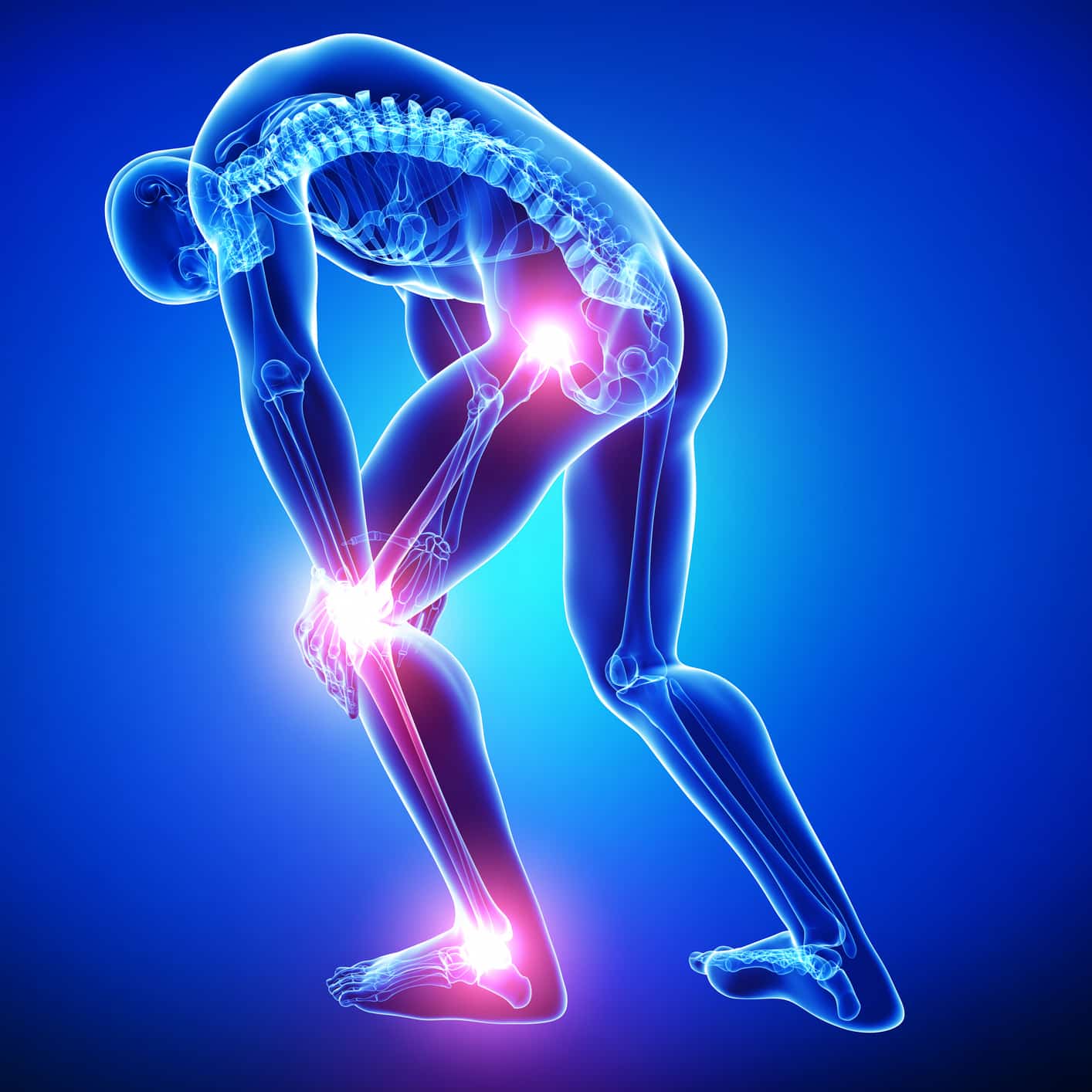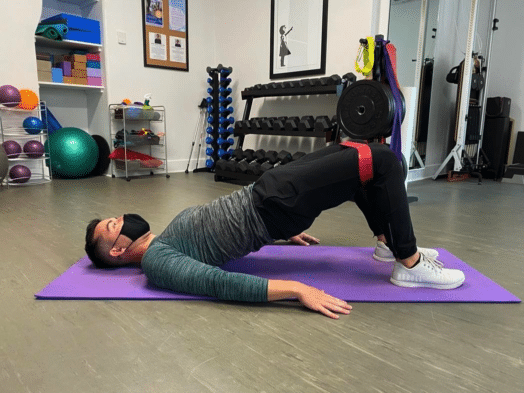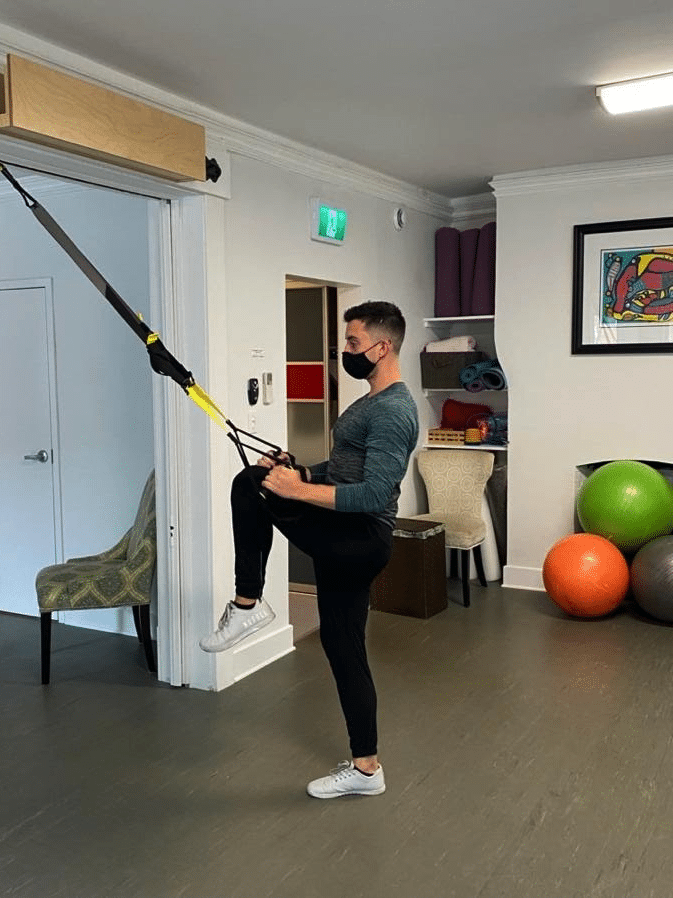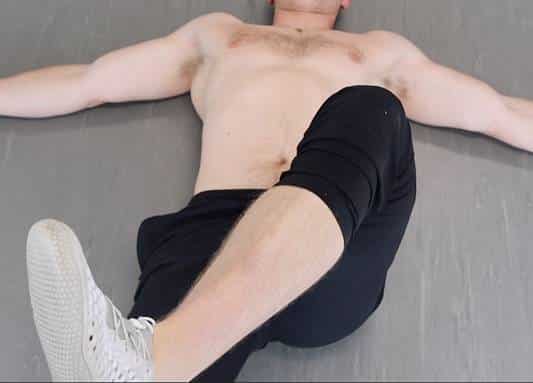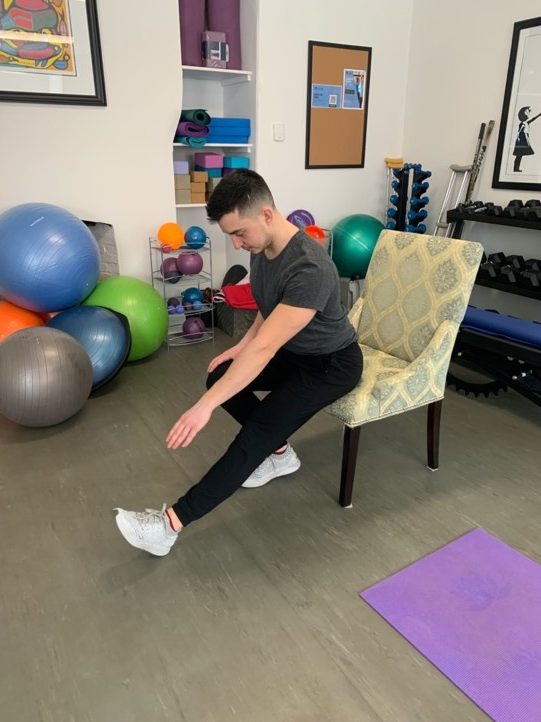By: Rahim Khoja, Registered Physiotherapist
B.SC H.K, Mphty. MCISs Adv Health Practice, Certified Gunn IMS, Acupuncture
What is osteoarthritis?
Osteoarthritis (OA) affects all structures of the joint including the articular cartilage, the subchondral bone, the joint capsule and the meniscus (in the knee). Most commonly, there is a loss of articular cartilage with narrowing of the joint space.
Symptoms of Osteoarthritis
- Feeling of instability, looseness, or giving way
- Stiffness especially in the morning or after sitting for prolonged periods
- Reduced motion in the joint
- Pain when standing or walking
- Pain while at rest
- Red, hot or swollen joints
How is osteoarthritis diagnosed?
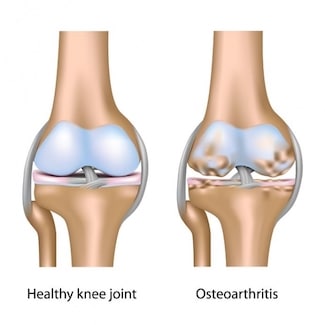
Osteoarthritis can be diagnosed with symptoms, clinical findings and considering risk factors. No x-ray is required. Research shows that x-ray results do not correlate to the severity of symptoms felt and clinical findings. What does that mean? Just because your x-ray shows decreased joint space, does not mean you have any significant arthritis.
| Symptoms | Risk Factors |
| Pain | Age (40+) |
| Functional limitations | Sex (women) |
| Morning stiffness | Overweight |
| Clinical Findings | Prior joint injury |
| Crepitus | Hard physical work |
| Restricted movement | Overuse in spare time |
Are you experiencing symptoms of hip or knee osteoarthritis?
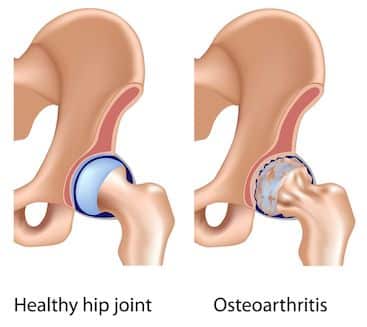
OA-related pain is usually associated with activities, with pain in weight-bearing joints being associated with weight-bearing activities. Pain at rest or at night is unusual, except in advanced OA.
Treatment for Osteoarthritis
Losing weight, even in modest amounts (2 to 5 kg), helps to prevent OA of the knees and helps to reduce the pain in overweight people. Appropriate exercises and activities help to preserve functional abilities.
Unfortunately, there are no medical treatments available to prevent OA, however, the GLA:D Canada Program is a nationwide evidence-based initiative that follows the current recommendations for the treatment of hip and knee osteoarthritis.
This 7 week education and exercise program is for individuals with stiff and/or painful knees and/or hips or individuals with knee and/or hip osteoarthritis. The initiative is supported by Bone and Joint Canada, The Arthritis Society, and the Physiotherapy Association of Ontario.
The GLA:D Canada Program
GLA:D has been shown to have the potential to improve the quality of life of people living with mild, moderate, and severe osteoarthritis of the knee and/or hip. Some noted benefits include:
- Reduction in pain
- Decreased use of pain medications
- Increased participation in daily activities
- Reduction in time off work may delay or prevent the need for surgery
If you suffer from osteoarthritis in the knees or hips contact us to find out more information. We will be running the GLA:D program in the beginning of 2021.
To find out more about Rahim Khoja, who will be running the GLA:D Program, you can read his biography here.
To find out more about The GLA:D Canada Program please visit GLA:D Canada.

